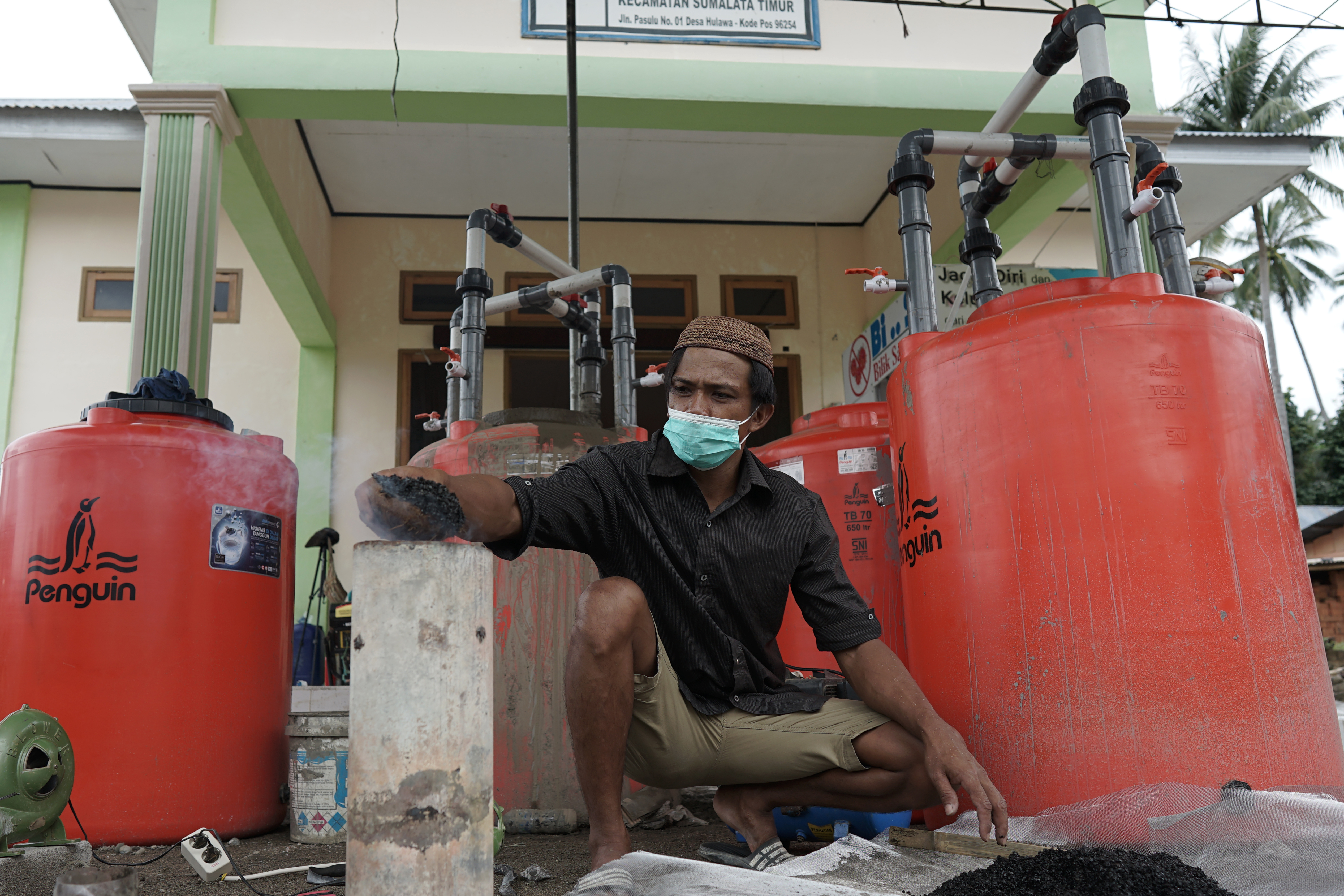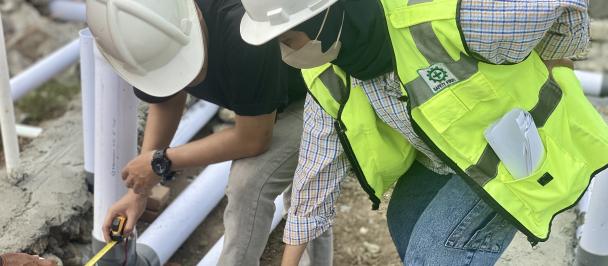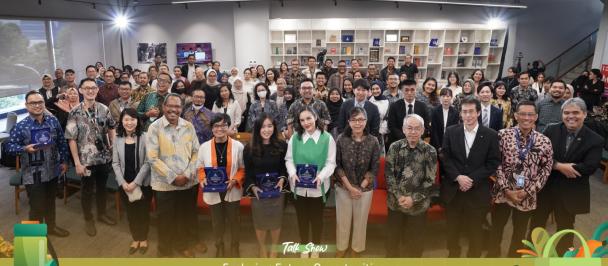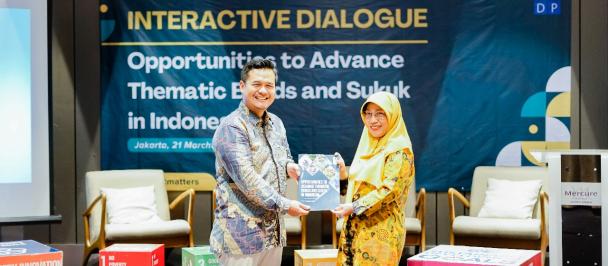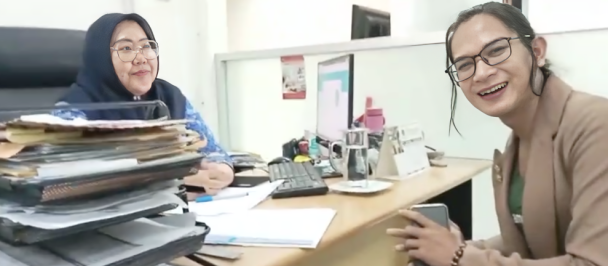For decades, communities in the ‘golden village’ of Hulawa in Indonesia’s Gorontalo province, have turned to gold as their primary source of livelihood. But their work at artisanal gold mining comes with heavy prices. Many of them are exposed to highly toxic mercury at life-threatening levels.
Hulawa village is home to dozens of small-scale or artisanal gold mining, often times ran by communities. Mines like the ones in Hulawa are considered to be the largest source of mercury emission and release in the world. The World Health Organization (WHO) has cited mercury as one of the most lethal chemical substances. The metal is needed to extract gold from other earth materials such as rock and sand.
UNDP, through its Global Environment Facility-funded Global Opportunities for Long-term Development of Artisanal Small-Scale Gold Mining (GOLD-ISMIA) project—part of the global planetGOLD programme--has recently introduced a new technology using micro leaching tanks and cyanide which will make it safer for small miners to conduct the extraction process without using mercury.
Though still in prototype stage, the technology hold the key to stemming the harmful effects of the practice of artisanal mining on human health and on the environment.
Along with the Indonesia’s Agency for the Assessment and Application of Technology (Badan Pengkajian dan Penerapan Teknologi - BPPT), UNDP conducted a one-week trial of the leaching tanks in February 2021. Cyanide is a relatively more tolerable substance for humans and the environment compared to mercury.
“While Cyanide is a dangerous substance, the toxicity level can be reduced to a much greater extent through proper hazardous waste management. The leaching tanks are also very cheap and easy to use. One water tank at 650 litres can be filled by small rocks and can hold up to 250 kg,” said Mr. Gugum Gumelar, a researcher from BPPT
The micro-leaching tanks technology will run tests in three project locations: Hulawa- Gorontalo, Obi-North Maluku, and Kulonprogo – D.I Yogyakarta. The field tests will help formulate the precise amount of chemicals used in the system and will assist in further developing the assembly of the free-mercury gold processing plant to be promoted to local ASGMs. The project will also train the local community on the use of the new technology.
The residents of the Hulawa village – which means ‘golden village’, who have long called for safer alternatives to the use of mercury were excited about the new technology.
”I am thrilled to try the new technology which no longer uses mercury,” artisanal miner Ms. Usti Hasan said during the training “This is a safer method and I hope our health will no longer be affected,” she continued.
Thirty residents from the village joined the training held by the GOLD-ISMIA Project, including the village and the provincial government of North Gorontalo.
Mr. Gumelar showed the process and tested the leaching tank process to the participants. The demonstration also included training on the proper handling of hazardous waste material from the process.
The introduction of this new mercury-free technology is part of a long road to achieve widespread practice of responsible and safe mining, a key objective of UNDP’s GOLD-ISMIA project. Funded by the Global Environment Facility (GEF), the Project also works in partnership with the Ministry of Environment and Forestry.
The leaching tank will require more tests and trials, before it can be widely adopted by other small-scale mining communities in Indonesia. The country is one of nine countries where the planetGOLD programme is taking place worldwide. Globally the Indonesia project has a potential to reduce mercury releases by a total of 15 tones.
Text by Enggi Dewanti and GOLD-ISMIA project
Edited by Tomi Soetjipto and Ranjit Jose.

 Locations
Locations